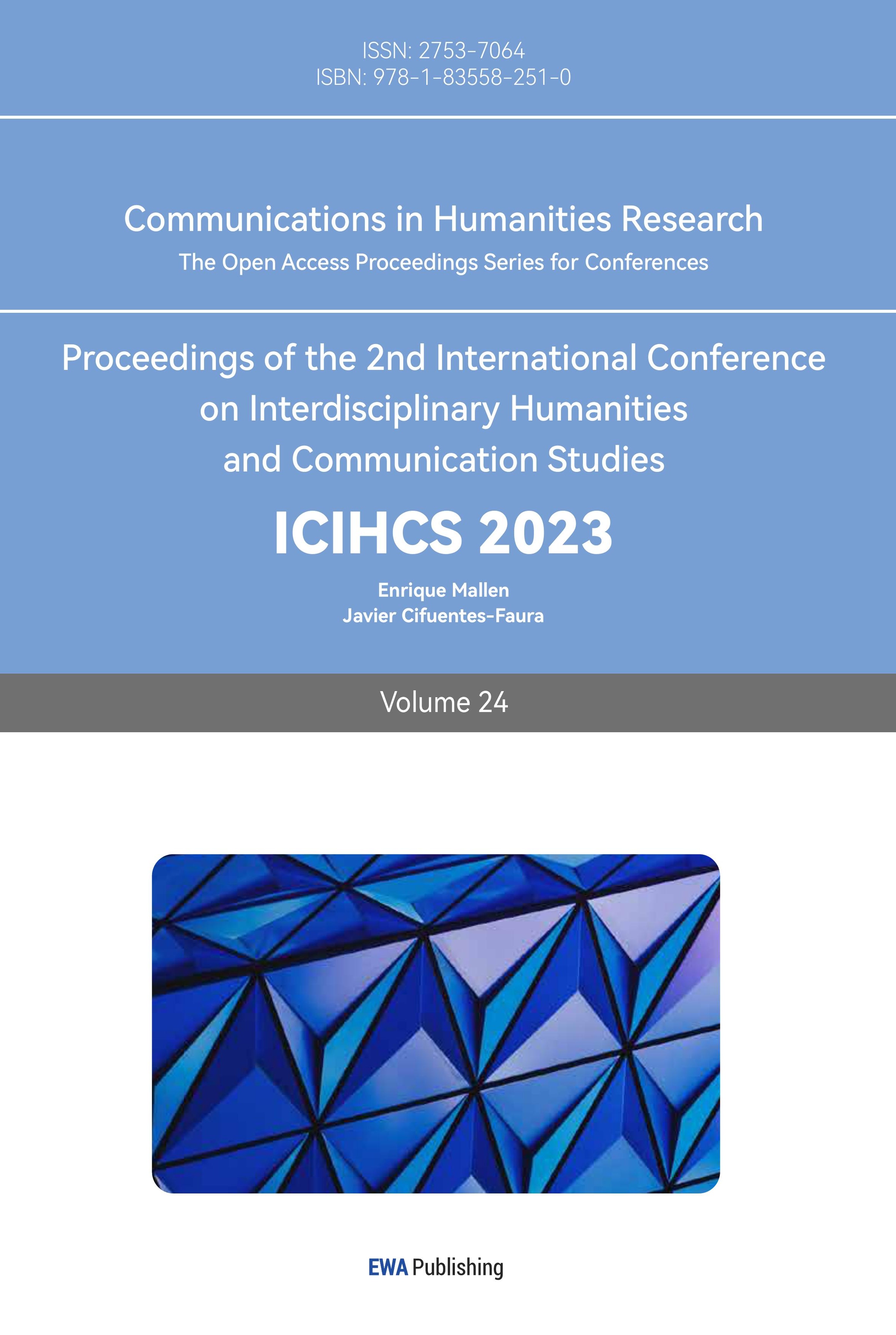1.Introduction
The arrival of the 5G era has resulted in the fast-paced advancement of internet technology, providing convenience, and presenting numerous challenges for individuals. In this era of the internet, everyone can easily access news online [1]. Exaggerated News headlines tend to be more attention-grabbing than the actual news content, thus misleading readers' thoughts, and behaviors, becoming a significant societal threat with its fast dissemination over the Web and social media and its power to shape public opinion [2]. Some problems can occur when misinformation turns into a hoax [3]. News significantly impacts our daily lives because people think news headlines contain much valuable information [4]. Fake news exposure affects people's behavioral lives or big or small decisions [5, 6].
Additionally, veracity labels about the ground truth of news headlines may reduce false beliefs and sharing behaviors [7]. A recent study showed clear evidence that reminders of fake news could enhance the accuracy of memory for and beliefs in accurate news corrections [8]. In today's world, social media platforms encourage us to consume news daily, and various news outlets compete to capture our attention. As a result, videos on TikTok are often only 5-10 seconds long, which usually only allows for a glance at news headlines. Unfortunately, people's short attention spans often prevent them from reading the full article, causing misleading or fake headlines to be ingrained in their minds. Over time, this creates a vicious cycle where attention is given to clickbait headlines rather than factual news. To analyze this phenomenon, this paper collects 224 valid questionnaires from people of all ages, tracking their annual reading volume as a variable. This paper selects news headlines from various fields, such as food, health, epidemics, radiation, and life, both real and fictional, to analyze people's responses to different levels of news headlines. This research highlights the impact of misleading news headlines on the public.
Like earlier findings, this paper aims to differentiate between the harmful "exaggerated news headlines" produced by the masses [9]. To achieve this, this paper uses a questionnaire method. The questionnaire design will be distributed through major social platforms to reach a broad societal audience.
This questionnaire mainly sets up two variables. This paper uses this approach to estimate age and average annual reading to study whether the variables of life experience and receiving knowledge will impact the judgment of news headlines [10]. To create a questionnaire that is easy to understand and use, we have chosen to focus on the relationship between real news and AI-generated news. This paper examines how people of different ages and reading abilities interpret headlines and how their psychological responses may vary. This paper aims to understand how people process news information and how easily relatable and simple news stories influence them. This paper suggests that people rely heavily on news headlines, regardless of age or reading habits. This can lead to misinformation, especially regarding news related to everyday life.
2.Methods
2.1.Ability to Identify News Headlines
This paper explores the relationship between age and annual reading volume in terms of news discrimination ability. (1) The 18-40 age group possesses a particular social experience and is more willing to accept and understand new things, making them better equipped to distinguish news. Additionally, they have mastered the skills of using the internet to some extent, further enhancing their ability to differentiate between legitimate and fake news sources. (2) The 12-18 and 40+ age ranges may need more life experience and knowledge regarding online media, making it harder for them to distinguish between natural and sensational news headlines. (3) They may share news stories with their family and friends that are not entirely accurate or trustworthy. Furthermore, our research indicates that annual reading volume positively correlates with news discrimination ability. The more one reads, the more information they are exposed to, and the better equipped they are to differentiate between reliable and unreliable news sources. Overall, this paper highlights the crucial role of age and reading habits in shaping one's news discrimination ability.
2.2.Design Logic and Composition of the Questionnaire
The headline accurately represents the content of the news article. The questionnaire includes 16 questions: four featuring completely virtual news headlines generated by AI, four featuring actual news headlines, and additional questions asking whether the headlines will be shared and if there will be expressions of opinion or verbal attacks in the comments section. The available options for each headline simulate people's internal responses when reading news headlines and whether they influence their daily decisions. Due to the difficulty of finding confusing or unknown news, the questionnaire includes AI-generated misleading news headlines for respondents to evaluate.
Set the attitude towards different news headlines under each headline, such as: "Will music change your appearance? Listen to your favorite music or straighten the bridge of your nose. 5 options are set. (A. "It is amazing! From today on, the headphones will be soldered to my ears" (believe). B. "It seems that I really feel this way. I feel that my nose is getting higher, and it has something to do with the music I always like" (believe and bring myself in). C. Is it true? Let me check what's going on with the information (with a skeptical attitude). D. This research is interesting (listen to it as anecdotes). E. I don't believe in such news (I don't believe it; I have a certain ability to distinguish).
Age and average annual reading are variables, and text scenarios are set for each question to analyze the discrimination ability. The degree of behavioral influence is also highly transmissive. Finally, after investigation and analysis, it was found that no matter which age group or the annual reading volume is in which range, the ability to distinguish news could be more vital. This means that exaggerated news headlines significantly impact people's choices of daily life behaviors. If this kind of phenomenon is not solved in time, it will cause significant harm to the cognition of our daily lives.
2.3.Data Collection
This questionnaire collected 224 questionnaires, of which 18-30-year-olds accounted for the most significant proportion of people aged 50+. All 224 questionnaires are available. Select the large-scale misleading and fictitious news headlines in China in the 21st century to compare and analyze the understanding and analysis of different news headlines of different age groups and the average annual reading.
3.Case Analysis
3.1.AI News Title Distinguished by Age
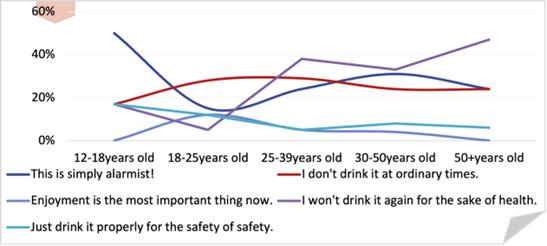
Figure 1: news headline Coca-Cola Zero Sugar can't be drunk, opinions of different age groups.
Figure 1 shows: "For health's sake, I will not drink again." On average, every age group will be affected by news headlines. It is worth noting that "Enjoyment is the most important thing now" and" for safety reasons, drink appropriately" account for the minor proportion of people who are not affected by news headlines at all or only slightly affected." For the sake of health, I will not drink it again in the future." accounts for a significant proportion of people who are affected by news headlines on daily life.
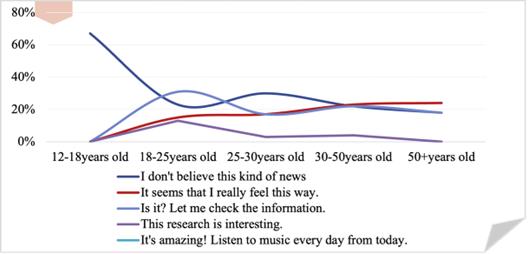
Figure 2: “Listening to your favorite music will raise the bridge of your nose”, and the views of different ages this question made by AI.
Figure 2 shows that, on average, every age group will be affected by news headlines. According to “It seems that I feel this way,” most individuals tend to insert themselves into the title, making it more persuasive and more straightforward to convince others when sharing. Meanwhile, “It is amazing! Listen to music every day from today” shows that news headlines can change our daily activities and behaviors.” This research is interesting” has a minor proportion, which means fewer people are affected by news headlines.
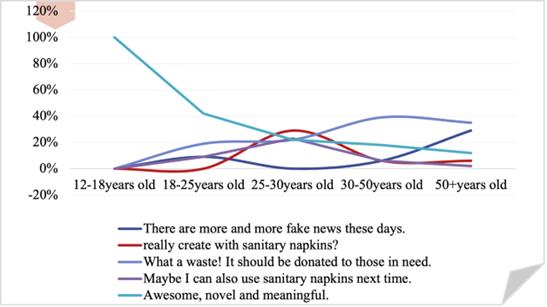
Figure 3: Women use sanitary napkins to create works of art, views of different ages.
As shown in Figure 3, such a news headline, can also cause some public imitation. In the age range of 25-30, 22% of people think such behavior is worth learning. This demonstrates that news headlines significantly influence daily life and serve as a reference point for many people who may agree with and replicate them. According to" What a waste! It should be donated to those in need." It is common for individuals to experience negative or critical emotions in response to news headlines.
3.2.AI News Title Distinguish by Annual Average Reading Volume
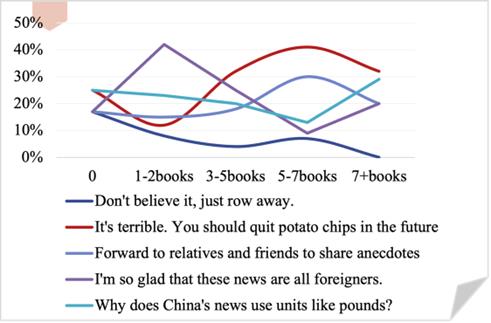
Figure 4: A man overeats potato chips and can't pass through the house.
In the question, "A man overeats potato chips and cannot pass through the house,"? 41% of people who read 5-7 books a year said they would quit potato chips. The results in Figure 4 illustrate the correlation between the amount of reading and the ability to detect fake news.
3.3.AI news Title:The Secondary Transmission of News Headlines
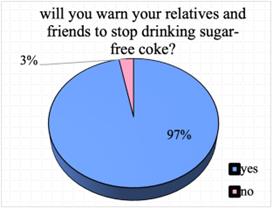
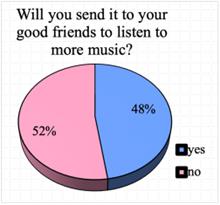
Figure 5: Coca-Cola Zero Sugar news and listening to music make the bridge of the nose more communicable.
As shown in Figure 5, After seeing exciting news headlines, most people share them with their relatives and friends, adding more communicability. Among them, people between the ages of 12-18 and 50+ are more willing to share with the people around them, which shows that such news headlines are highly communicative.
3.4.The People Attitude About Real News Title
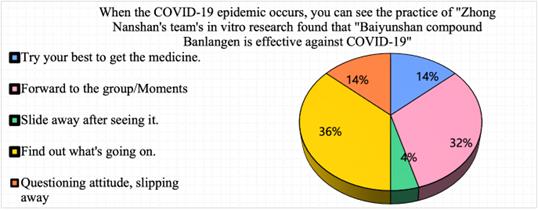
Figure 6: Banlangen can treat COVID-19 and eat iodised salt to prevent radiation.
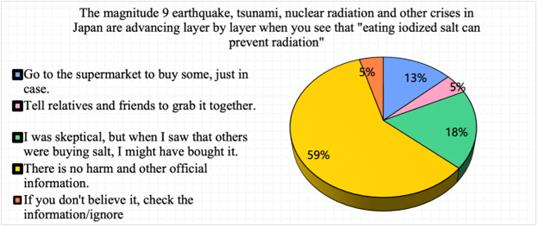
Figure 7: Banlangen can treat COVID-19 and eat iodised salt to prevent radiation.
As shown in Figure 6 and Figure7, in the misleading news headlines that have occurred, everyone will be vigilant. Most of them will choose to wait for official notices, but what remains unchanged is that they are still very communicative.
Judging from the results, whether the average reading of false news headlines varies from age to age or year, the ability to distinguish false news headlines is not strong, and most of them will be misled by false news headlines, which shows that it is easy to gain people's trust from news headlines alone. On the contrary, people are more vigilant when they see some titles that have caused misleading behavior. Some news or anecdotes about health are more likely to attract people's attention, and such titles will be more popular. Perhaps many news media make the title fascinating to get clicks, but it is straightforward to cause the understanding of the ontology or even deviate from the meaning of the news itself, and people's ability to distinguish news headlines is not well.
4.Conclusion
This study shows that most people need help distinguishing the authenticity of news headlines and correctly understanding news headlines. People are more inclined to believe in news that is more relevant to themselves and consistent with their cognition, even if it is invalid. Whether it is age or the average annual reading, it does not have much to do with the understanding and identification of news headlines. However, the average annual reading volume is higher, and reading longer titles may be more patient. It was found that news about daily life significantly impacts people. No matter the age or the range of reading, news headlines cannot be well distinguished, and such headlines are highly communicative. Some groups even actively comment and criticize views contrary to their own after reading the title, which is highly detrimental to forming a good Internet environment. Some irresponsible "gimmick" titles not only mislead the audience and mislead public opinion but also deviate from the correct value orientation of the news.
References
[1]. Aji, A. F., Winata, G. I., Koto, F., Cahyawijaya, S., Romadhony, A., Mahendra, R., ... & Ruder, S. (2022). One Country, 700+ languages: NLP challenges for underrepresented languages and dialects in Indonesia. arXiv preprint arXiv:2203.13357.
[2]. Miao, K., He, X., Yu, J., Wang, G., & Chen, Y. (2023). A Study of Chinese News Headline Classification Based on Keyword Feature Expansion. International Journal of Computational Intelligence Systems, 16(1), 71.
[3]. Zhang, W., Du, W., Bian, Y., Peng, C. H., & Jiang, Q. (2020). Seeing is not always believing: an exploratory study of clickbait in WeChat. Internet Research, 30(3), 1043-1058.
[4]. Zhang, Y., Li, J., Song, Y., & Zhang, C. (2018, June). Encoding conversation context for neural keyphrase extraction from microblog posts. In Proceedings of the 2018 Conference of the North American Chapter of the Association for Computational Linguistics: Human Language Technologies, Volume 1 (Long Papers) (pp. 1676-1686).
[5]. Ecker, U. K., Hogan, J. L., & Lewandowsky, S. (2017). Reminders and repetition of misinformation: Helping or hindering its retraction?. Journal of applied research in memory and cognition, 6(2), 185-192.
[6]. Brashier, N. M., Pennycook, G., Berinsky, A. J., & Rand, D. G. (2021). Timing matters when correcting fake news. Proceedings of the National Academy of Sciences, 118(5), e2020043118.
[7]. Swire-Thompson, B., Cook, J., Butler, L. H., Sanderson, J. A., Lewandowsky, S., & Ecker, U. K. (2021). Correction format has a limited role when debunking misinformation. Cognitive Research: Principles and Implications, 6(1), 83.
[8]. Morrow, G., Swire‐Thompson, B., Polny, J. M., Kopec, M., & Wihbey, J. P. (2022). The emerging science of content labeling: Contextualizing social media content moderation. Journal of the Association for Information Science and Technology, 73(10), 1365-1386.
[9]. Wahlheim, C. N., Alexander, T. R., & Peske, C. D. (2020). Reminders of everyday misinformation statements can enhance memory for and beliefs in corrections of those statements in the short term. Psychological Science, 31(10), 1325-1339.
[10]. Kemp, P. L., Loaiza, V. M., & Wahlheim, C. N. (2022). Fake news reminders and veracity labels differentially benefit memory and belief accuracy for news headlines. Scientific Reports, 12(1), 21829.
Cite this article
Li,H. (2024). Analysis of Misleading and Authenticity of News Headlines. Communications in Humanities Research,24,8-14.
Data availability
The datasets used and/or analyzed during the current study will be available from the authors upon reasonable request.
Disclaimer/Publisher's Note
The statements, opinions and data contained in all publications are solely those of the individual author(s) and contributor(s) and not of EWA Publishing and/or the editor(s). EWA Publishing and/or the editor(s) disclaim responsibility for any injury to people or property resulting from any ideas, methods, instructions or products referred to in the content.
About volume
Volume title: Proceedings of the 2nd International Conference on Interdisciplinary Humanities and Communication Studies
© 2024 by the author(s). Licensee EWA Publishing, Oxford, UK. This article is an open access article distributed under the terms and
conditions of the Creative Commons Attribution (CC BY) license. Authors who
publish this series agree to the following terms:
1. Authors retain copyright and grant the series right of first publication with the work simultaneously licensed under a Creative Commons
Attribution License that allows others to share the work with an acknowledgment of the work's authorship and initial publication in this
series.
2. Authors are able to enter into separate, additional contractual arrangements for the non-exclusive distribution of the series's published
version of the work (e.g., post it to an institutional repository or publish it in a book), with an acknowledgment of its initial
publication in this series.
3. Authors are permitted and encouraged to post their work online (e.g., in institutional repositories or on their website) prior to and
during the submission process, as it can lead to productive exchanges, as well as earlier and greater citation of published work (See
Open access policy for details).
References
[1]. Aji, A. F., Winata, G. I., Koto, F., Cahyawijaya, S., Romadhony, A., Mahendra, R., ... & Ruder, S. (2022). One Country, 700+ languages: NLP challenges for underrepresented languages and dialects in Indonesia. arXiv preprint arXiv:2203.13357.
[2]. Miao, K., He, X., Yu, J., Wang, G., & Chen, Y. (2023). A Study of Chinese News Headline Classification Based on Keyword Feature Expansion. International Journal of Computational Intelligence Systems, 16(1), 71.
[3]. Zhang, W., Du, W., Bian, Y., Peng, C. H., & Jiang, Q. (2020). Seeing is not always believing: an exploratory study of clickbait in WeChat. Internet Research, 30(3), 1043-1058.
[4]. Zhang, Y., Li, J., Song, Y., & Zhang, C. (2018, June). Encoding conversation context for neural keyphrase extraction from microblog posts. In Proceedings of the 2018 Conference of the North American Chapter of the Association for Computational Linguistics: Human Language Technologies, Volume 1 (Long Papers) (pp. 1676-1686).
[5]. Ecker, U. K., Hogan, J. L., & Lewandowsky, S. (2017). Reminders and repetition of misinformation: Helping or hindering its retraction?. Journal of applied research in memory and cognition, 6(2), 185-192.
[6]. Brashier, N. M., Pennycook, G., Berinsky, A. J., & Rand, D. G. (2021). Timing matters when correcting fake news. Proceedings of the National Academy of Sciences, 118(5), e2020043118.
[7]. Swire-Thompson, B., Cook, J., Butler, L. H., Sanderson, J. A., Lewandowsky, S., & Ecker, U. K. (2021). Correction format has a limited role when debunking misinformation. Cognitive Research: Principles and Implications, 6(1), 83.
[8]. Morrow, G., Swire‐Thompson, B., Polny, J. M., Kopec, M., & Wihbey, J. P. (2022). The emerging science of content labeling: Contextualizing social media content moderation. Journal of the Association for Information Science and Technology, 73(10), 1365-1386.
[9]. Wahlheim, C. N., Alexander, T. R., & Peske, C. D. (2020). Reminders of everyday misinformation statements can enhance memory for and beliefs in corrections of those statements in the short term. Psychological Science, 31(10), 1325-1339.
[10]. Kemp, P. L., Loaiza, V. M., & Wahlheim, C. N. (2022). Fake news reminders and veracity labels differentially benefit memory and belief accuracy for news headlines. Scientific Reports, 12(1), 21829.





